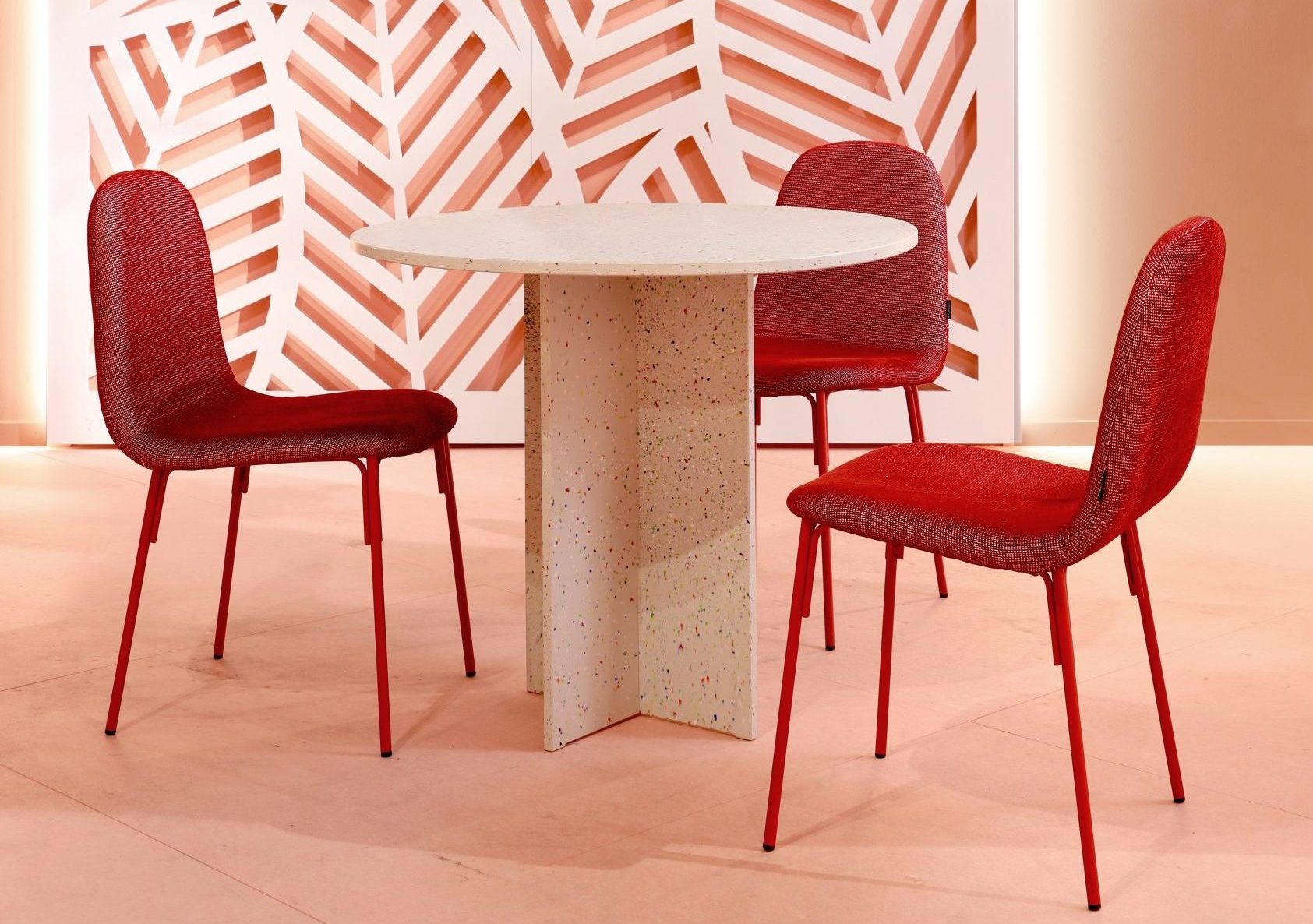ETHICS (AND AESTHETICS) IN ECO-RESTAURANTS
ECO-RESTAURANTS

The boom of organic food restaurants is here to stay, but it is not enough to be faithful to some values: sustainability has to be seen. In this post we explain how sustainable interior design reinforces these principles to create an eco-friendly environment.
Healthy eating has been a part of our lives for a few years now. We are increasingly opting for local trade and organic products. It is a trend that has taken hold in markets, restaurants, bars and even in the classic grocery stores, all of which have embraced eco food and ‘slow food’. But as consumers, it is not enough for them to respect sustainable principles. They also have to be eco in form. Hence, to captivate and attract the public, establishments are turning to sustainable interior design. Designers will be the ones to create environments that accompany the products and communicate ecological values.

This consumer movement began in New York. From the Meatpacking District and The Chelsea Market, high quality organic products began to be offered in bulk, packaged with traditional materials or recycled paper, assigned an exquisite graphic design but without much pretension and offered as a wholesale store would do. It became a new luxury to be able to observe the craftsmanship of the baker or the chocolatier. We were shown what is behind the elaboration of food. The fervent desire for the traditional demanded that we be shown the manufacturing of the products. Perhaps from these workplaces has transcended the application on walls of the typical red paste tiles with white or cream finishes that remind us of the butcher’s shop of yesteryear.
Ver esta publicación en Instagram
Ver esta publicación en Instagram
What began years ago on the other side of the Atlantic now governs the atmosphere of many of the places we visit. The concern for knowing the origin of food products is growing and, with it, the confidence in spaces that offer them to us. Sustainable design presents and demonstrates the values of restaurants and markets, making ecological principles take hold in society.
To do this, they rely on raw materials and their rustic look instead of showing synthetic finishes. It also works to leave some of the building materials visible, exposed brick (or painted white), concrete… even imperfection is allowed in the floor, which is preferred to be made of real wood. It doesn’t matter that these finishes suffer from wear and tear: wrinkles are beautiful. As we have been taught, in both fruit and vegetables, imperfections are a sign of an ‘organic’ or ‘ecological’ origin.

These same environments can be achieved with recycled material as Revolución Limo does with designs that are versatile. By finely crushing and compressing plastic shavings, finishes very similar to other traditional materials can be achieved. It is a solution that preserves the philosophy of working in harmony with nature, as was the case years ago with the artisanal or organic methods that are once again being encouraged. Living with this perspective encourages the search for sustainable alternatives in everyday life.

